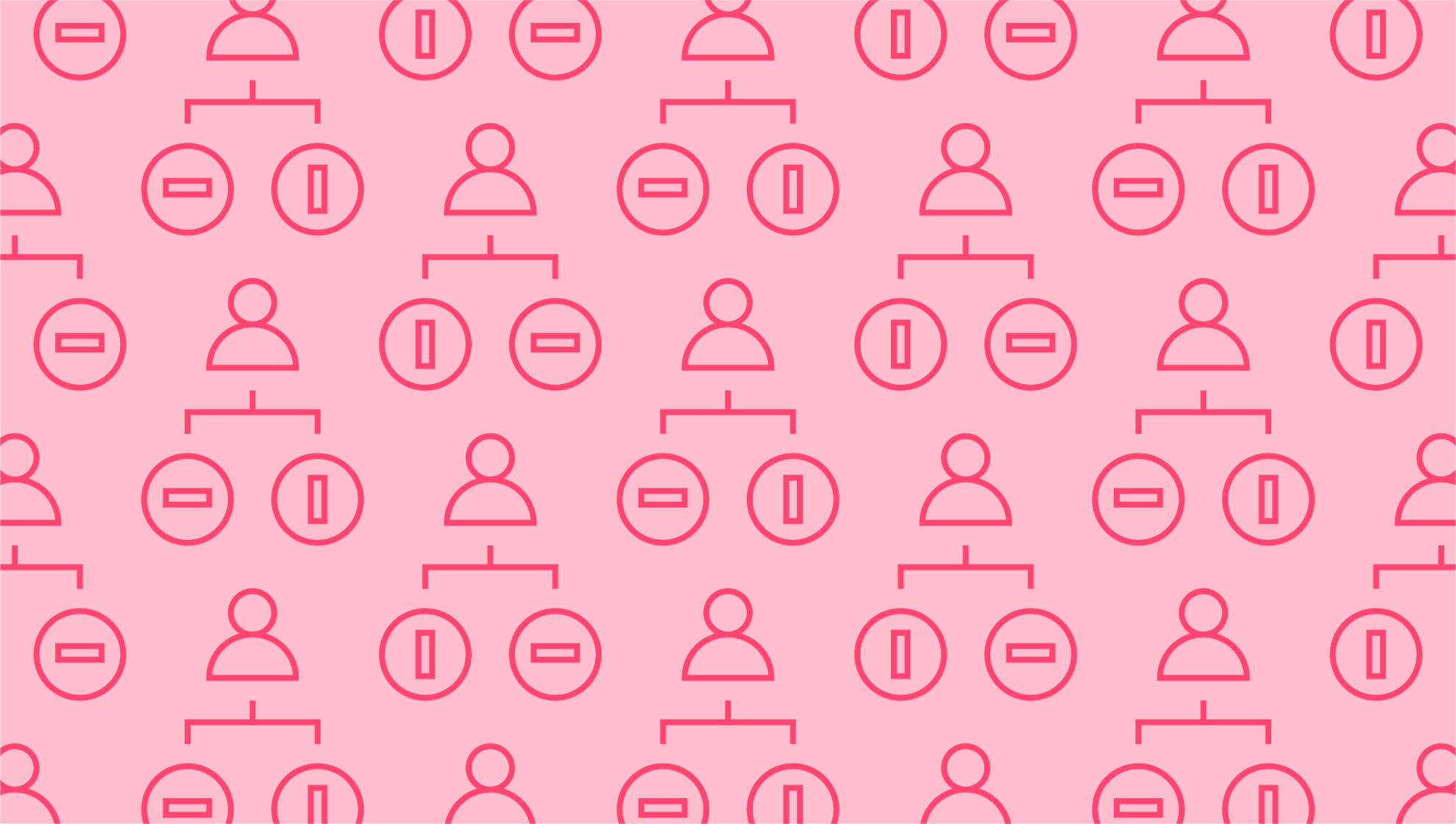Last editedJan 20212 min read
A drawing account is not actually a bank account in itself. The meaning of drawing in accounts is the record kept by a business owner or accountant that shows how much money has been withdrawn by business owners. These are withdrawals made for personal use rather than company use – although they’re treated slightly differently to employee wages.
It’s essential to keep accurate records of these withdrawals because they need to be offset against the owner’s equity. Having a separate drawing account makes it easier to keep track of these transactions and to balance the books at the end of each financial year, when you need to know how to close your drawings account.
How do drawings affect your financial statements?
Drawings in accounting terms represent withdrawals taken by the owner. As such, it will impact the company’s financial statement by showing a decrease in the assets equivalent to the amount that is withdrawn. It will also represent a decrease in the owner’s equity as the owner is, essentially, cashing in on a small piece of their entitlement to the company.
Drawings will also show up on a statement of cash flows as they represent a type of financial activity and so need to be accurately recorded by the company’s account departments.
How do you record drawings in accounting?
On your balance sheet, you would typically record an owner withdrawal as a debit. If the withdrawal is made in cash, this can easily be quantified at the exact amount withdrawn. If the withdrawal is of goods or similar, the amount recorded would typically be a cost value.
Drawings accounts are temporary documents and these need to be balanced at the end of a financial year or period. This can be cleared in several different ways, including through repayment by the owner or a reduction in the owner’s salary to compensate for the amount withdrawn.
Where do drawings go on a balance sheet?
The balance sheet is also known as a statement of financial position, and it is an essential document for assessing and demonstrating your business’s economic position. A typical balance sheet records your business’s assets and liabilities as well as shareholder equities. As a result, the placement of drawings within the balance sheet depends on how it is categorised.
Are drawings assets or expenses?
Drawings from business accounts may involve the owner taking cash or goods out of the business – but it is not categorised as an ordinary business expense. It is also not treated as a liability, despite involving a withdrawal from the company account, because this is offset against the owner’s liability. This is why it’s so important to keep a drawings account, which needs to be closed at the end of the financial year, ensuring that your books aren’t disrupted by this financial transition while also maintaining a clear record of all the moving parts of your business.
What counts as a drawing?
A drawing acts similarly to a wage but is applied to sole traders or partners. A drawing in accounting terms includes any money that is taken from the business account for personal use. This can be the equivalent of a salary, or it can be as simple as lunch paid for with your company credit card.
However, drawings don’t only cover cash withdrawals. It can also include goods and services withdrawn from the company by the owner for personal use. This could, for example, mean acquiring company property, or it could be the use of worksite materials.
We can help
GoCardless helps you automate payment collection, cutting down on the amount of admin your team needs to deal with when chasing invoices. Find out how GoCardless can help you with ad hoc payments or recurring payments.

